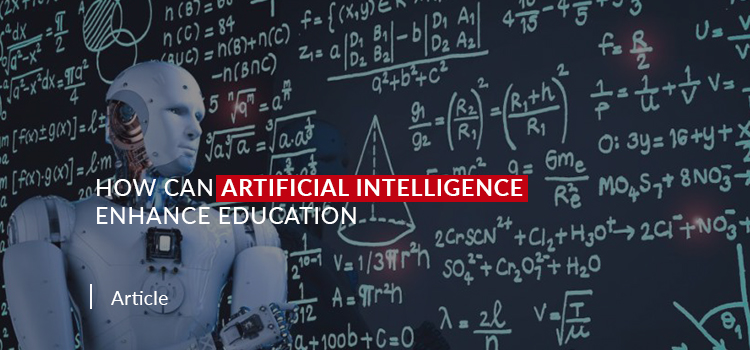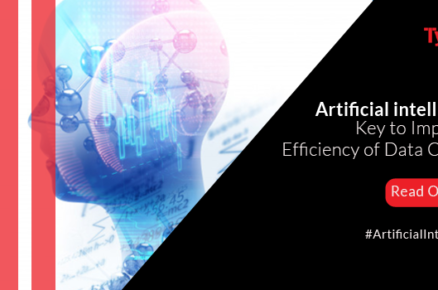A set of hardware, software or online platform has succeeded in bringing improvements as well as reforms to schools and learning techniques over the previous few years. But the proper education disturbance is yet to come.
Role of Artificial Intelligence in Education
Artificial Intelligence has demonstrated its position in a growing amount of areas as a game-changing variable, causing unimaginable changes in the past. It now shows glimmers of how it could change the learning experience indefinitely, another of the oldest abilities mastered by humanity.
● That is why the upcoming Phone Learning Week of UNESCO (4-8 March 2019) may concentrate on AI and its sustainability consequences.
● The 5-day conference, held annually at UNESCO offices in Paris, provides an interesting mix of high-level plenaries, workshops and practical demonstrations.
● Approximately 1200 respondents have already enrolled for the case that offers a distinctive chance for the academic community, governments as well as other stakeholders to address AI’s instructional possibilities and threats.
Here’s how AI, has made its way beyond the classroom.
● Ensure inclusive & equitable uses of AI in education-
Such as actions to tackle inequalities linked to social-economic status, race, race and geographic place; recognize effective initiatives or proven AI alternatives that break obstacles to access to high education for vulnerable communities.
● Leverage AI to the enhance education as well as learning –
Enhance education management systems, AI-enhanced learning systems or other AIs in educational apps, and recognize fresh types of personalized teaching that can help educators and address the problems of education.
● Promote skills developments for job and life in AI era –
Support the creation of local, regional and global strategies as well as policies, consider the willingness of policymakers or other leaders and participants in schooling, and discover how AI-powered mobile communication instruments can promote skills creation and innovation.
● Safeguard transparent as well as auditable uses of education data –
Analyze what to mitigate AI hazards and dangers in schooling; identify as well as encourage soundproof for accountability policy implementation, and implement algorithms which are transparent or explainable to educational stakeholders.
During the Phone Learning Week, UNESCO is planning a Global AI Meeting (Monday 4 March) to increase awareness and encourage reflection on a possibilities and difficulties AI and its associated techniques pose, particularly in the field of accountability and transparency. The conference, named “AI for Sustainability with Human Values,” would also investigate AI’s potential about SDGs.
Complementing in-class teaching
Traditionally, schools ‘ strategy of educating is one-size-fits-all. But at separate paces, learners learn and have distinct rates of advancement. Meanwhile, educators often find it difficult to recognize and address learners attending their classes ‘ instructional requirements.
● This is an issue solved by Artificial Intelligence. It has brought machines learning algorithms, programs that bring information patterns and provide ideas and recommendations, assist educators to discover gaps in the teachings and refer to where learners struggle with topics.
● The idea is being explored by Third Space Teaching, an internet math tutoring platform which started five years earlier. Third Space, capitalizing on an enormous shop of student-teacher communication information gathered from millions of classes, initiated an AI project aimed at finding favorable trends for teaching and learning.
Enhance crowd-sourced tutoring
The exercise of obtaining assistance from private tuition and colleagues to fill the gaps and complement what is learned in the school itself is almost as ancient as the school itself.
Over the past few years, learners have been able to get assistance from colleagues thousands of miles away thanks to internet facilities. Now, finding distant assistance is becoming even simpler with the assistance of AI or Machine Learning. Brainly, a social network which collaborates with millions of learners is investigating AI’s authority on its platform.
● Brainly utilizes a team for over a thousand mods to assist vet and check requests and responses placed on the platform by customers to ensure it serves quality content.
● Now Brainly uses Machine Learning algorithms to streamline email spam and low-quality content and assist moderators to concentrate on offering learners with quality of service.
But in addition to data moderation, Brainly also uses AI algorithms to customize the networking characteristics of its platform. By creating friend suggestions based on fields where learners need assistance, the business will improve user experience.











